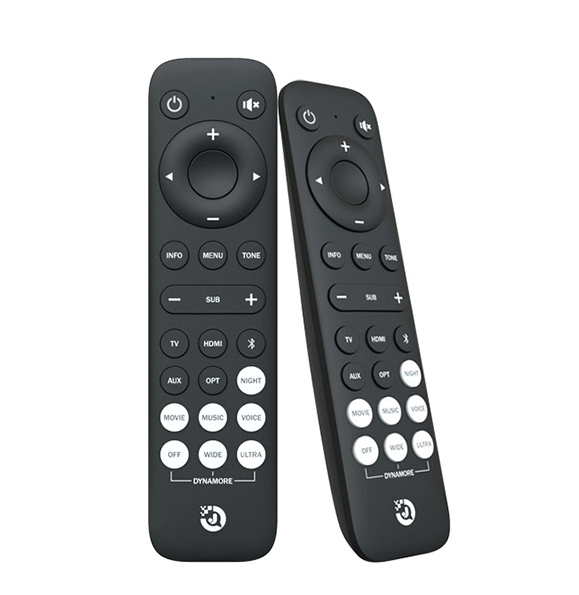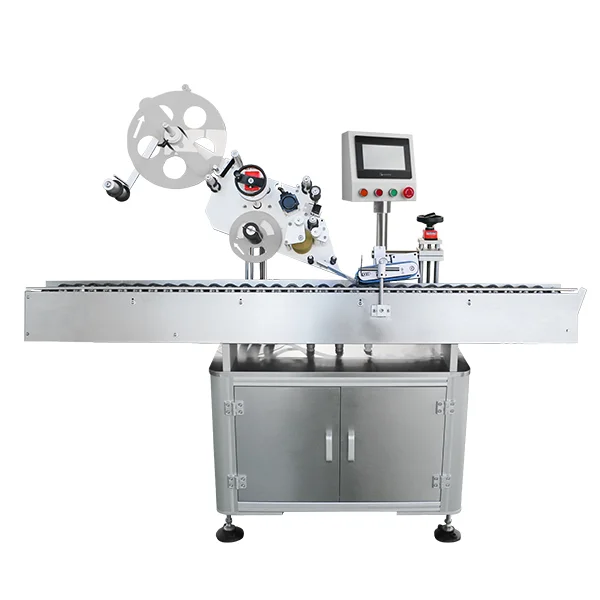Circuit breakers are essential components of any electrical system, serving as the first line of defense against electrical overloads and short circuits. However, a circuit breaker that keeps tripping can be a source of frustration and confusion for homeowners and professionals alike. Understanding the underlying causes and knowing how to address them is crucial for maintaining a safe and functional electrical system. In this article, we will explore the various reasons why a circuit breaker may trip, the steps to diagnose the issue, and practical solutions to fix it.
Understanding Circuit Breakers
Before diving into troubleshooting, it’s important to understand how circuit breakers function. A circuit breaker is designed to interrupt the flow of electricity when it detects an overload or a fault in the electrical circuit. This interruption prevents potential hazards such as electrical fires or equipment damage. However, frequent tripping can indicate underlying issues that need to be addressed.
Common Causes of Circuit Breaker Tripping
- Overloaded Circuit: One of the most common reasons for a tripping breaker is an overloaded circuit. This occurs when too many devices are connected to a single circuit, drawing more current than the breaker can handle.
- Short Circuit: A short circuit happens when a hot wire comes into contact with a neutral wire or a ground wire. This creates a low-resistance path for electricity, leading to a sudden surge in current that trips the breaker.
- Ground Fault: Similar to a short circuit, a ground fault occurs when a hot wire touches the ground or a grounded part of the system. This can happen in wet areas, such as kitchens or bathrooms, where moisture increases the risk of electrical faults.
- Faulty Breaker: Sometimes, the breaker itself may be faulty or worn out. Breakers have a limited lifespan and can fail over time, leading to nuisance tripping.
- Wiring Issues: Damaged or frayed wiring can also cause circuit breakers to trip. This can be due to age, pests, or improper installation.
Diagnosing the Problem
To effectively fix a circuit breaker that keeps tripping, it’s essential to diagnose the issue accurately. Here’s a step-by-step approach:
- Identify the Circuit: Determine which circuit is tripping by checking the breaker panel. Labeling circuits can help in quickly identifying the source of the problem.
- Unplug Devices: Start by unplugging all devices connected to the tripping circuit. This will help you determine if the issue is due to an overloaded circuit.
- Reset the Breaker: After unplugging all devices, reset the breaker by switching it back to the On position. If it stays on, reconnect devices one at a time to identify the culprit.
- Inspect for Short Circuits: If the breaker trips immediately after resetting, there may be a short circuit. Inspect the wiring and connections for any signs of damage or exposed wires.
- Check for Ground Faults: If the circuit is in a wet area, ensure that all outlets and devices are rated for ground fault protection. Use a multimeter to check for continuity between hot and ground wires.
- Examine the Breaker: If all else fails, the breaker itself may be the issue. Inspect it for signs of wear or damage. If it appears faulty, consider replacing it.
Solutions to Fix a Tripping Circuit Breaker
Once you’ve diagnosed the issue, you can take appropriate action:
- Reduce Load: If the circuit is overloaded, redistribute the load by plugging devices into different circuits. Consider upgrading to a higher-capacity circuit if necessary.
- Repair or Replace Wiring: If damaged wiring is found, it’s crucial to repair or replace it immediately. This may require the expertise of a licensed electrician.
- Install Ground Fault Circuit Interrupters (GFCIs): For circuits in wet areas, installing GFCIs can provide additional protection against ground faults.
- Replace the Circuit Breaker: If the breaker is faulty, replacing it with a new one is often the best solution. Ensure that the new breaker matches the amperage rating of the circuit.
- Consult a Professional: If you’re unable to identify or fix the issue, it’s advisable to consult a licensed electrician. They have the expertise and tools to diagnose and resolve complex electrical problems safely.
Conclusion
A circuit breaker that keeps tripping can be a sign of various underlying issues, from overloaded circuits to faulty wiring. By understanding the causes and following a systematic approach to diagnosis and repair, you can effectively address the problem and ensure the safety and reliability of your electrical system. Remember, while some issues can be resolved independently, others may require professional assistance. Prioritizing safety and adhering to electrical codes is essential for any electrical work.



